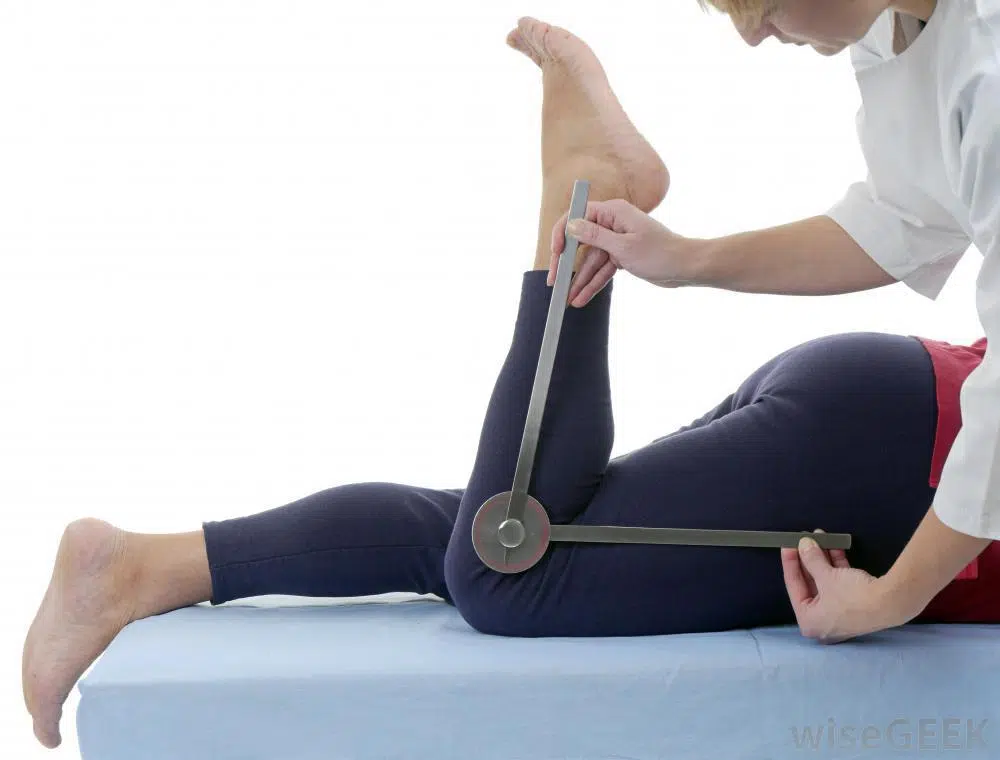As the old adage goes “if you don’t use it you lose it”, this is true for our mind as well as our body. As we age Activities of Daily Living (ADL’s) become harder to accomplish due to the diminished ability to physically do the activities. Everything from brushing your teeth, to putting on your socks to walking up the stairs can become a chore. This is not just an issue for the elderly or retired but is something that happens over a lifetime. As a society living in the Information Age we are living more sedentary lifestyles causeing us to be less active and use our joints less!
One of the best ways to keep a joint healthy is to utilize its full range of motion. Just like using your brain keeps you mentally sharp, properly using you joints keeps them heealthy. Below are some simple activities that you can do on a daily basis at home in order to maintain healthy joint function.
Chest stretch – A lack of posterior strengthening as well as over active tight chest muscles is the cause of a rounded shoulder posture. A chest stretch will open up the chest and help with forward rounding posture.
Hamstring stretch – This stretch is important for hip and back mobility. Strengthening the posterior chain as well as stretching will help with over active hip flexors and lordosis
Piriformis stretch – Irritation of the piriformis can cause pain, numbness, tingling, and shooting sensations down the buttocks and hip, and sometimes in the thighs and legs. Stretching and exercising can strengthen the piriformis muscle. Doing these exercises and stretches can reducemuscle spasms and relieve muscle tightness.
Gluteus stretch – All-day sitting can lead to tightness in your glute muscles and can lead to a tight IT band, knee pain, and lower back pain.
Shoulder and upper back stretches – Stress and prolonged hunching over desks or computers can cause tension in the neck and traps. This can lead to neck stiffness, headaches and upper back pain. Shoulder and upper back stretches can help relieve pain in the shoulders and upper back.
Hip flexor stretch – One of the most common culprits of reduced hip mobility are short, tight hip flexors. Tight hip flexors can pull on your lumbar spine leading to a multitude of lower back problems. Flexing and stretching the hip and hip flexor muscles can help increase ROM and relieve hip pain.
As we age our joints can wear out based on life, work, accidents and injuries. At Oak Brook Medical Group we help people regain their mobility through chiropractic care, functional rehabilitation and regenerative medicine. Our medical staff helps to evaluate, properly diagnose and treat these conditions in the least invasive method possible.


